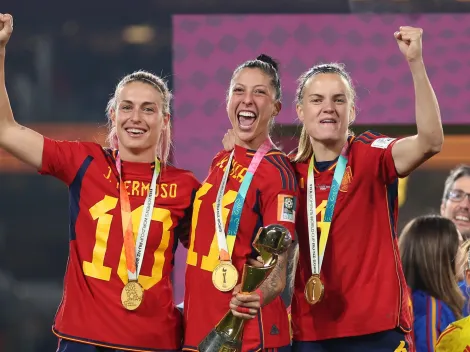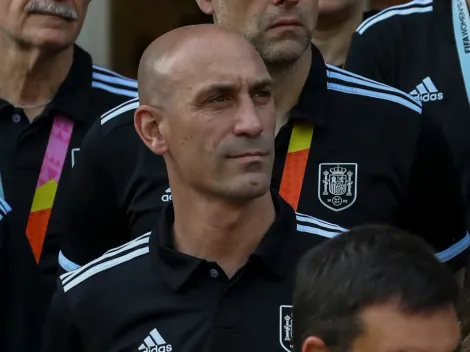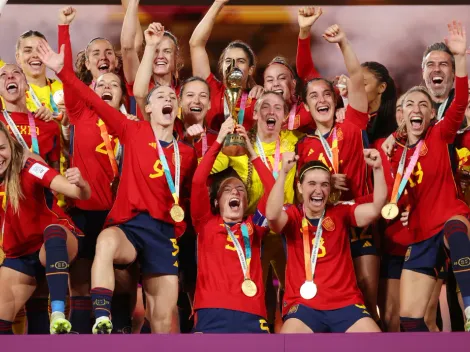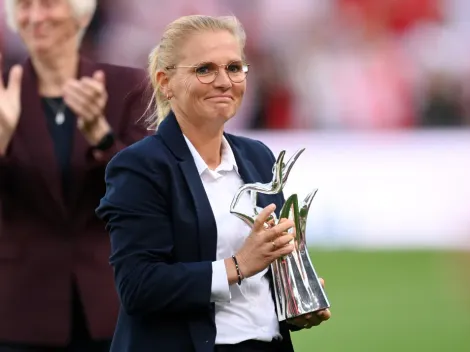The FIFA Women’s World Cup 2023 is set to kick off in Australia and New Zealand, marking the ninth edition of this prestigious tournament. Anticipation is high as 32 teams, a record number, prepare to compete for the ultimate glory.
Among the contenders, the US Women’s National Team will defend their title as the reigning champions, after their victory in the 2019 France edition. However, the focus of the global soccer community has also shifted towards the Canadian women’s soccer team, following their impressive triumph at the 2021 Olympics.

see also
How does VAR work at the FIFA Women"s World Cup 2023?
Within the Canadian squad, one player stands out as a trailblazer—Quinn. Having made history as the first out transgender and non-binary athlete to win an Olympic gold medal, Quinn’s impact in terms of inclusivity is notable. However, beyond that, they also are a talented player and a key figure in the team.
Quinn’s profile: Age, height, pronouns and team
What are Quinn’s pronouns?
Quinn uses they/them pronouns. They came out as a nonbinary and trans-athlete in 2020. “Being able to live authentically and be out is a relief every single day,” they said to sportsnet.com.
How old is Quinn?
They are 27 years old. Quinn was born in Toronto, Ontario, on August 11, 1995. Quinn started playing soccer at age six, and also played hockey and volleyball. They also played soccer during college for Duje University.
Where does Quinn play?
Quinn plays for the National Women’s Soccer League club OL Reign. They have also played for Paris FC in France’s top league Division 1 Féminine (D1F), Vittsjö GIK in the Swedish Damallsvenskan, as well as Washington Spirit in the NWSL.
Why can they play soccer if they don’t identify themselves as a woman?

see also
FIFA Women"s World Cup 2023 Trophy: Name, Size, Materials, and Value
They were permitted to continue playing professional women’s soccer on the basis of their sex assigned at birth (woman), rather than gender identity.





